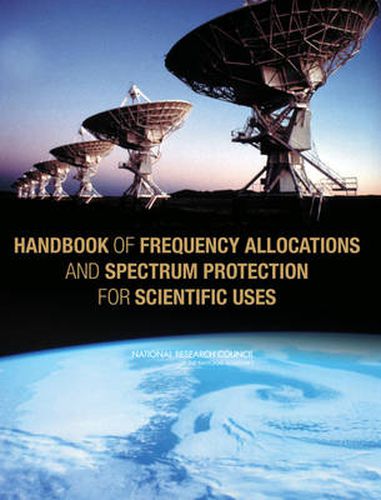Readings Newsletter
Become a Readings Member to make your shopping experience even easier.
Sign in or sign up for free!
You’re not far away from qualifying for FREE standard shipping within Australia
You’ve qualified for FREE standard shipping within Australia
The cart is loading…






The electromagnetic spectrum is a vital part of our environment. Information encoded in the spectrum of radiation arriving at earth from the universe is the means by which we learn about its workings and origin. Radiation collected from the Earth’s land, oceans, biosphere, and atmosphere provide us with much of the data needed to better understand this environment. Wise use of the spectrum is necessary if we are to continue these advances in scientific understanding. To help guide this effort, the NSF and NASA asked the NRC to develop a set of principles for fostering effective allocation and protection of spectral bands for scientific research. This handbook contains practical information in this connection including a description of regulatory bodies and issues, a discussion of the relevant scientific background, a list of science spectrum allocations in the United States, and an analysis of spectrum protection issues.
$9.00 standard shipping within Australia
FREE standard shipping within Australia for orders over $100.00
Express & International shipping calculated at checkout
The electromagnetic spectrum is a vital part of our environment. Information encoded in the spectrum of radiation arriving at earth from the universe is the means by which we learn about its workings and origin. Radiation collected from the Earth’s land, oceans, biosphere, and atmosphere provide us with much of the data needed to better understand this environment. Wise use of the spectrum is necessary if we are to continue these advances in scientific understanding. To help guide this effort, the NSF and NASA asked the NRC to develop a set of principles for fostering effective allocation and protection of spectral bands for scientific research. This handbook contains practical information in this connection including a description of regulatory bodies and issues, a discussion of the relevant scientific background, a list of science spectrum allocations in the United States, and an analysis of spectrum protection issues.